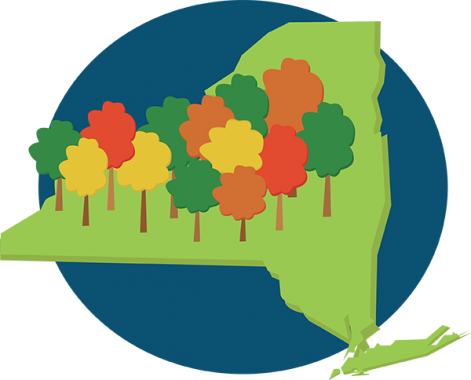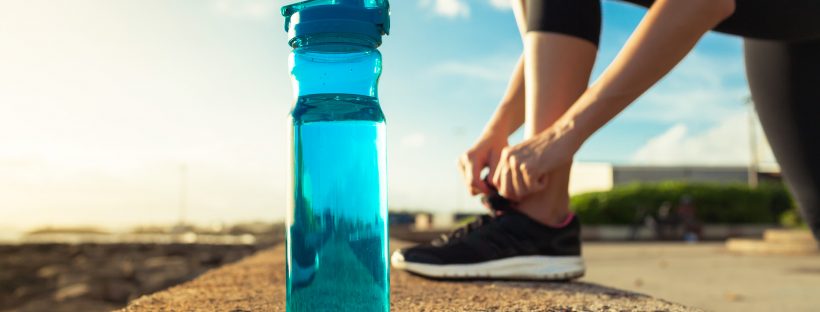As the year gears up for August, I’m plagued by memories of sweltering heat, affecting my focus, motivation, and workout schedule. This weekend, I tried to plan a day when I could run. But even in the early mornings, the humidity was soaking the air, making it hard to breathe. I almost went to the gym, but a treadmill sounded just as bad.
Are you like me and insist on exercising outdoors in the summer? If so, remember that exercising in the severe temperature can cause heat strokes, heat cramps and heat exhaustion, all of which can really hurt you.
Different Types of Heat Illness
There are three different types of heat illness.
Heat cramps are muscle pains and spasms that occur with strenuous activity. These cramps can occur during or after activity. Heat cramps can be treated with rest, moving to a cool place, cool cloths, giving a cool sports drink containing salt and sugar, and stretching.
Heat exhaustion is more severe than heat cramps. If you’re suffering from heat exhaustion, you may experience heavy sweating, paleness, fatigue, and even nausea. Anyone faced with heat exhaustion should drink fluids, take a cool shower, and be moved to an air-conditioned environment. If there is no improvement with these measures, the individual should go to an emergency department.
Heat stroke is the most severe type of heat illness. Heat stroke happens when a person’s body temperature reaches 103 degrees or higher. Symptoms include confusion, hallucinations, fainting, headaches, vomiting, and weakness. Heat stroke is a medical emergency. If you suspect heat stroke, call 911 or your local emergency medical service.
Risk Factors
Young, healthy people who exercise with a high intensity or long duration outside are susceptible to heat illnesses due to overexertion. Athletes, people working in hot environments and military should be especially careful.
Some athletes can adapt their body to warmer temperatures. It takes several weeks of exercise in the heat for our bodies to adapt and compensate for the higher temperatures. Our bodies will sweat more and start sweating earlier to help us better handle the heat. But make sure to pace activity to build up fitness, or you could get really sick.
Prevention
To prevent “exertional” heat illness, make sure to take frequent breaks, exercise in the morning or night when the temperatures are cooler, and drink plenty of fluids.
In almost all cases, young athletes should rehydrate with water, according to the American Academy of Pediatrics. Sports drinks are full of sugar and empty calories that can put you at risk for obesity and dental issues.
You should only consume sports drinks during “prolonged, vigorous sports participation or other intense physical activity,” according to the Academy. This is when you need to quickly replenish some of the carbohydrates and/or electrolytes you lose through intense sweating. Sports drinks are also appropriate to use with heat cramps.
Keep in mind, heat does not only affect athletes. Elderly people are also at risk of experiencing heat illness. Older individuals should stay hydrated and stay in air conditioning as much as possible, especially on very hot days. Looking for more tips for keeping older adults safe in the heat? Click here.
Staying Active Indoors
When the heat rises, try to think of other ways to get in a workout. Swimming at the local gym, doing a spin class or yoga in an air-conditioned environment are great options that allow you to be inside and better control your body temperature.
- Healthy Snacking Tips from a Football Party Veteran - February 2, 2022
- Why I Will Be in Line for A Flu Shot This Year - February 21, 2021
- Small Steps to Prevent Big Falls: Protecting Older Adults from Injury - February 20, 2021


